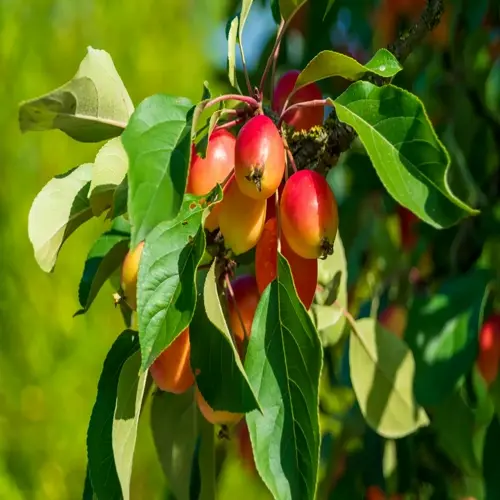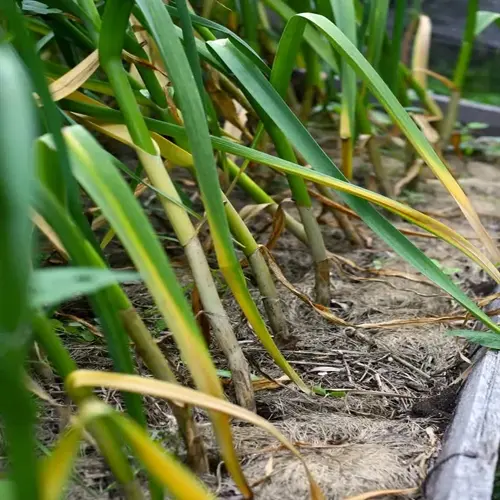Do grapes continue ripening after being picked?

Written by
Kiana Okafor
Reviewed by
Prof. Martin Thorne, Ph.D.Grapes fall into the non-climacteric fruit class; they will not further ripen when harvested. They do not produce ethylene, as bananas and tomatoes do, for post-pick ripening. The flavor and sugar levels at harvest are what will be in the final wine. The grapes are harvested!
Climacteric fruits continue to develop sugars and flavors post-harvest through biochemical processes. Non-climacteric fruits, such as grapes, do not have significant changes in metabolism when removed from the vine. They may degrade slightly due to dehydration, yet the flavor complexity remains constant.
This biological reality has a large impact on harvest decisions. Growers must harvest grapes at peak flavor maturity, as no improvement will occur post-harvest. I have seen entire crops downgraded, simply because someone thought the unripe grapes would sweeten in storage.
Biochemical Process
- Flavor compounds peak while attached to vine
- Acid conversion stops immediately after harvest
- Sugar accumulation ceases completely
Storage Changes
- Berries may soften through water loss
- Color can deepen slightly in some varieties
- No new flavor molecules develop
Handling Implications
- Refrigeration slows deterioration only
- Controlled atmosphere doesn't enhance flavor
- Ethylene exposure causes faster decay
To maximize quality, select grapes that are fully ripe at the time of purchase. Look for plump berries that still have their natural bloom. Discard grapes that have greenish stems because they have been picked prematurely. Refrigerate grapes as soon as possible and use them within 7 days to maintain their original quality.
Read the full article: When to Harvest Grapes: The Essential Guide

